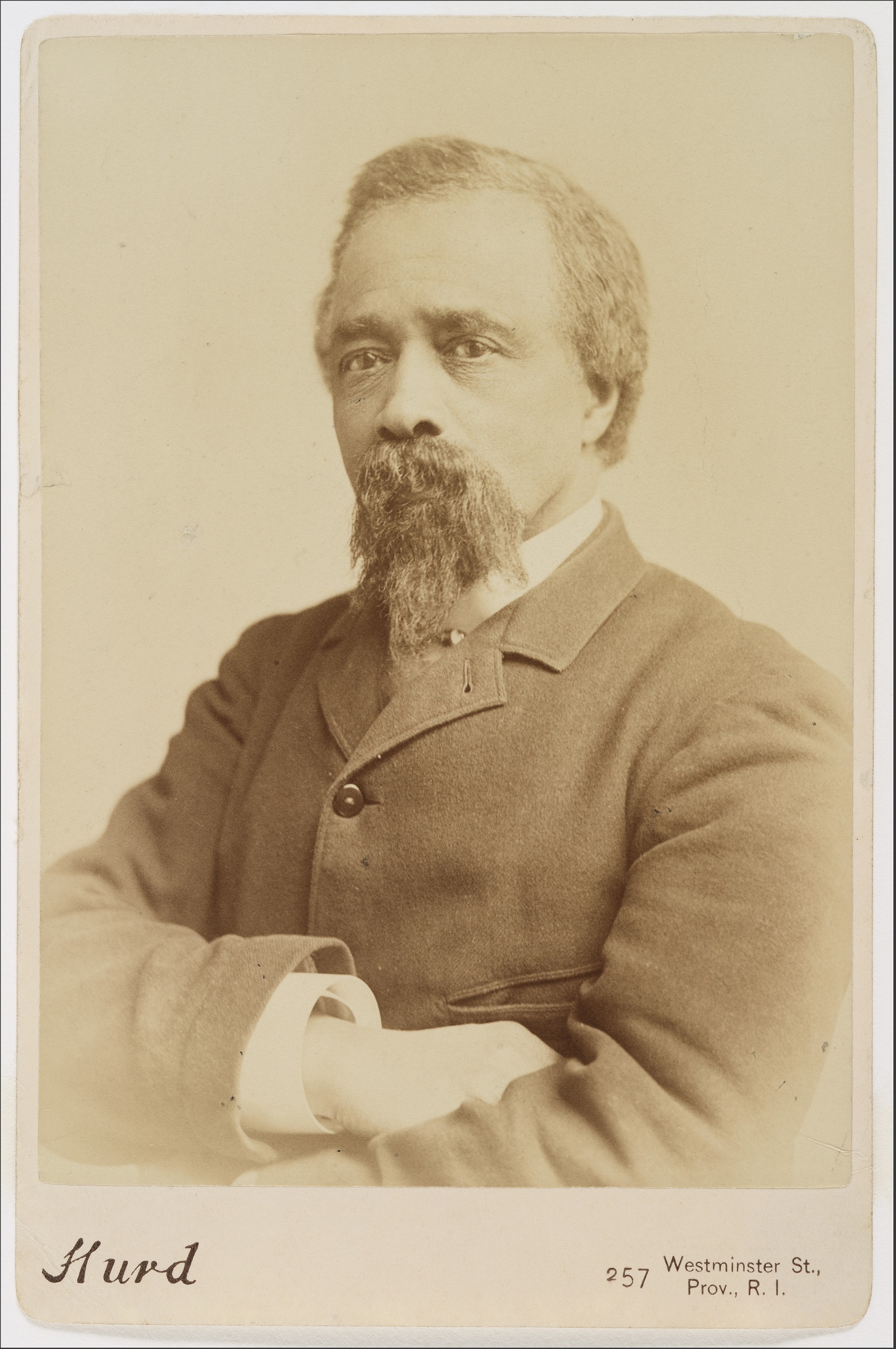 Eustis Estate
Eustis Estate
Diversity Bannister

Scholar Rosalyn Delores Elder notes that “in 1853 Bannister became a barber in a Boston salon owned by Christiana Babcock Carteaux (1819–1902), a prosperous entrepreneur whom he later married. Working as a barber put Bannister in the higher echelons of African American society.” Motivated at least in part by his determination to disprove an 1867 article in the New York Herald stating that “the Negro seems to have an appreciation of art” but is “manifestly unable to produce it,” Bannister achieved impressive success as an artist. Elder adds that his wife’s financial success enabled Bannister “to pursue self-guided art studies, the route he had to map out because racism barred him from the traditional path of apprenticeship and travel to Europe. Bannister participated in exhibitions at the Boston Art Club and other venues that afforded him opportunities to associate with others in the art community.” He ultimately became a popular instructor at the Rhode Island School of Design and a co-founder of the Providence Art Club.